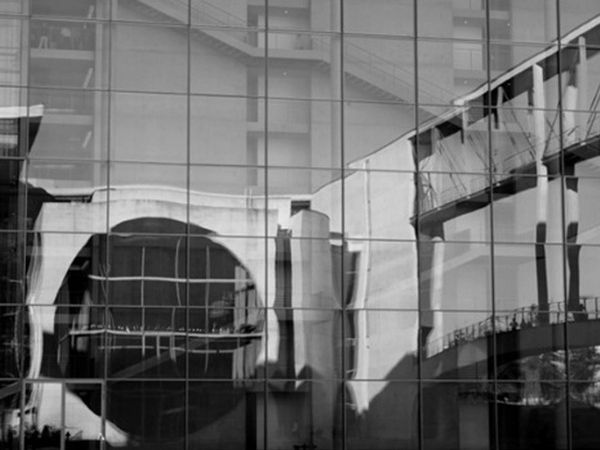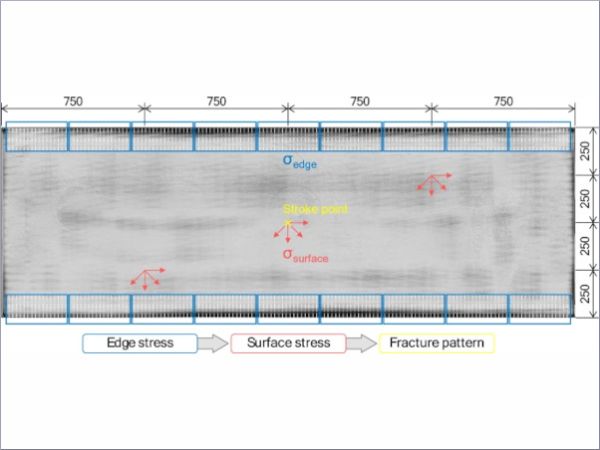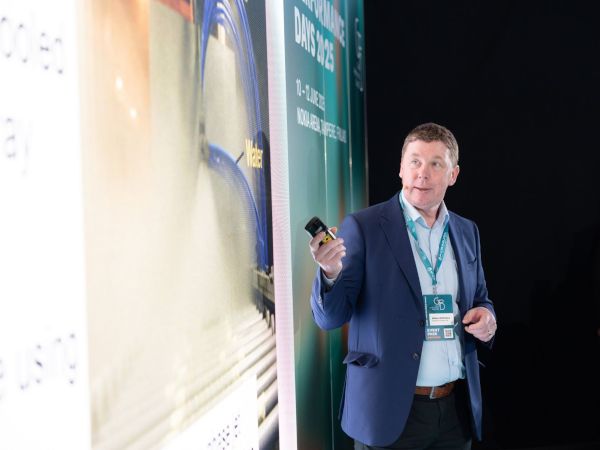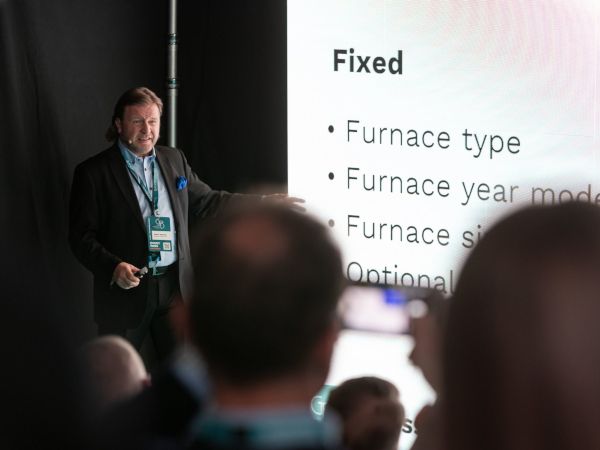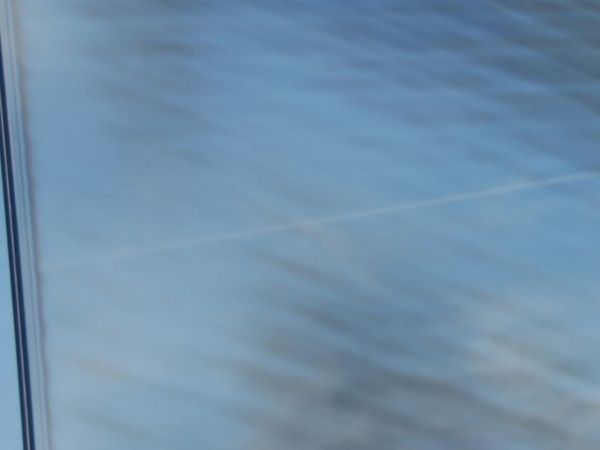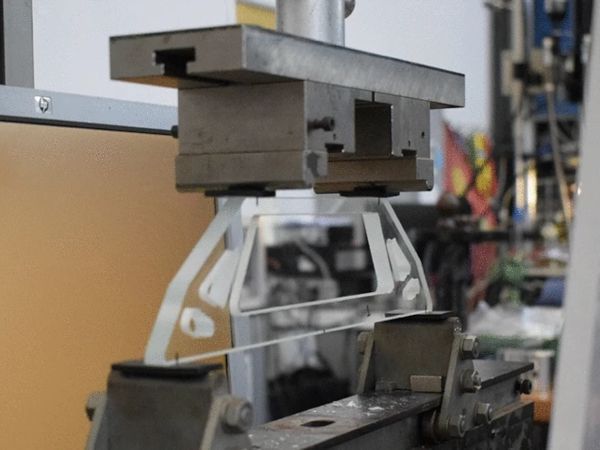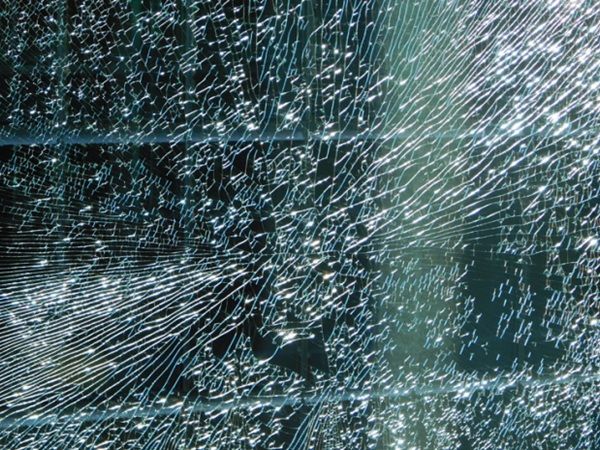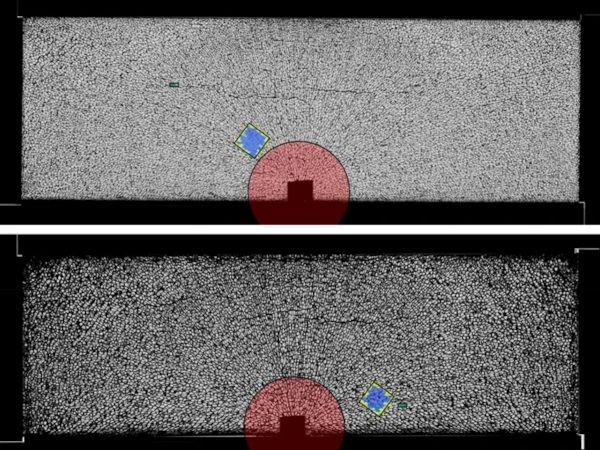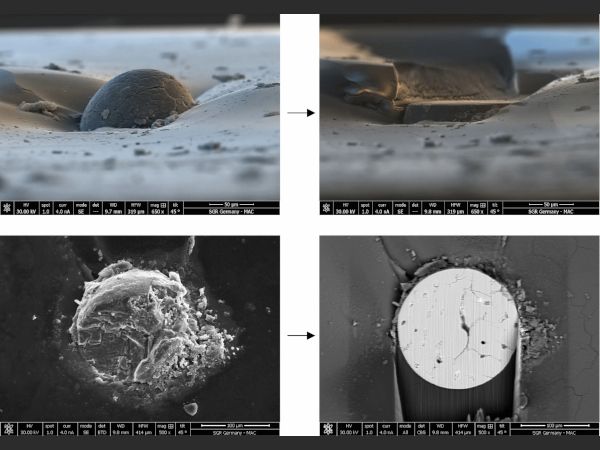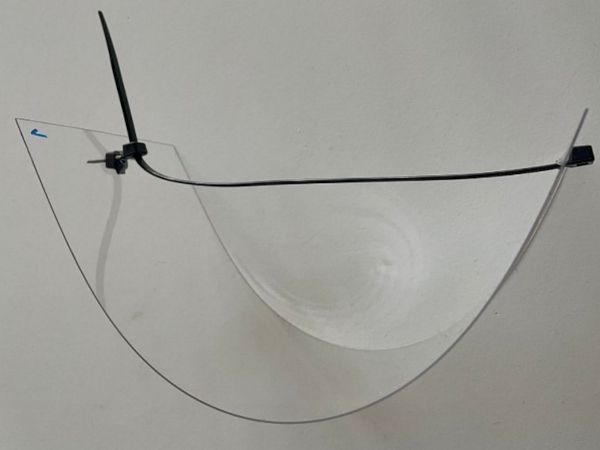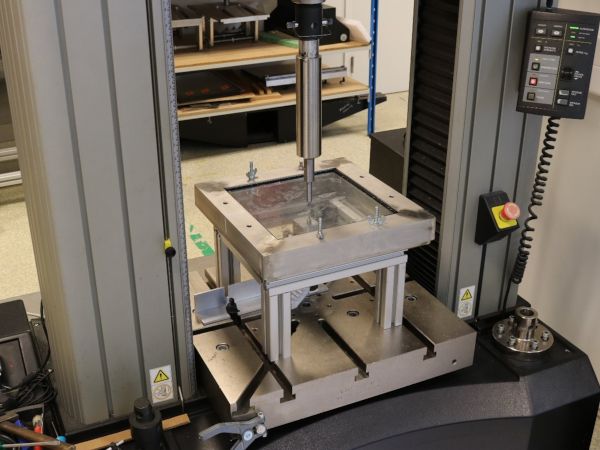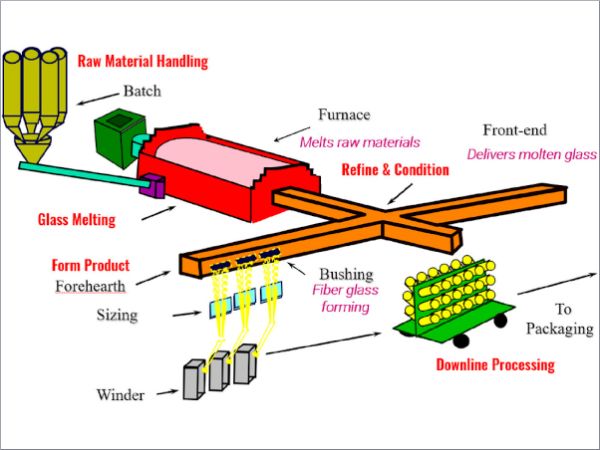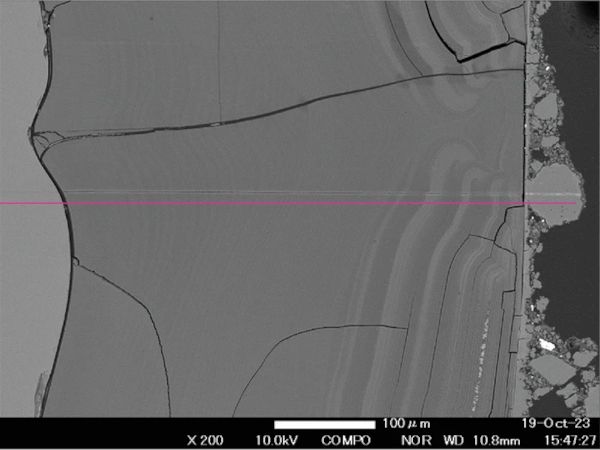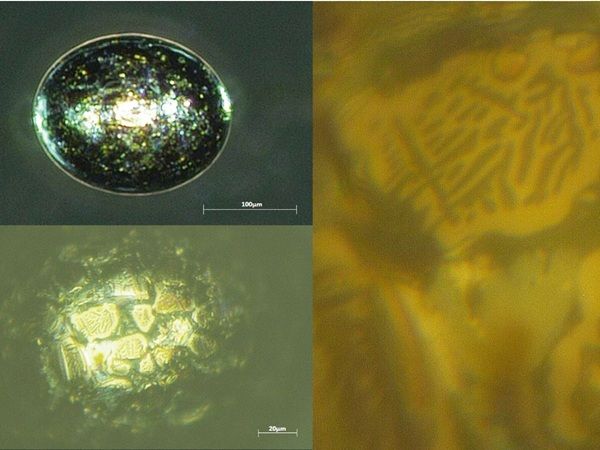Others also read
| Spontaneous glass breakage caused by nickel sulfide (NiS) inclusions remains a hidden yet critical challenge in architectural glazing, raising important questions about safety, quality, and prevention in modern glass production.
| At Step Change 2025, ReViSalt demonstrated how its innovations are reshaping the future of glass strengthening.
| In this ninth episode of #AskGlaston flat tempering series, we explore how to optimize energy efficiency in the case of short loadings.
| Viprotron has developed a new technology for the exit of the furnace, that allows the measurement of the distortion of tempered glass with high precision and unparalleled repeatability.
| In this eighth episode, we delve into optimizing energy efficiency in Low-E production.
| Thermal stress relief treatment offers a promising solution for enabling the reuse and remanufacturing of end-of-life tempered glass, paving the way for more circular economy practices in the flat glass industry.
| In the seventh episode of the #AskGlaston flat tempering series, the focus is on the Tempering Autopilot.
| New research explores how non-destructive photoelastic methods could improve quality control for large-format thermally toughened glass, reducing reliance on costly and time-consuming destructive testing.
| In this sixth episode of #AskGlaston flat tempering series, we explore how to avoid loading delays in tempering.
| Mikko Rantala on Glastory: Glass tempering is an energy-hungry process, and not just because of the heat.
| As labor shortages and efficiency demands grow, automation is transforming glass tempering—starting with AI-driven batch building that boosts productivity, cuts energy use, and maximizes furnace performance.
| This paper presents a groundbreaking technological development in the optical quality of tempered glass.
| This research proposes a suite of TO algorithmic frameworks that design specifically for structural glass.
| Spontaneous breakage in tempered glass due to Nickel Sulfide (NiS) inclusions remains a critical topic in the industry—this paper examines the risks, benefits, and effectiveness of heat soaking as a preventive measure across different markets.
| In this experimental investigation, the surface and edge stress were measured on standardized format thermally toughened safety glass, with different edge processing and glass thicknesses from three different suppliers.
| Can we state if the Heat Soak Test (HST) was done according to EN14179-1:2005 or not?
| This study explores the strength and fracture behavior of waterjet-cut glass, comparing it to traditionally cut glass through detailed testing and analysis.
| This paper addresses the constraints of thin glass in construction and explores optimal bending techniques to maximize its potential through a detailed study of its properties.
| This study examines prestressed glass specimens that are 0.5mm, 1.1mm, and 2.1mm thick in comparison to glass of the same thicknesses that have not been enhanced by the novel stiffening method.
| There are ways to reduce the energy consumption and emissions of glass melting, such as recycling glass, using oxy-fuel burners, improving furnace insulation and design, and adopting electric melting technologies.
| Understanding the structural behavior of glass under combined static and dynamic loads is crucial for safety and stability.
| At the Ballidon experiment, one of the longest running glass durability studies, modern and simulant archaeological glasses were buried in mildly alkaline, under-saturated, conditions for 52 years. Glass surfaces were analysed to determine the extent and mechanisms of alteration.
| This research is related to the structural performance of a shell-type system made of hollow glass units (HGU) that utilizes glass as the primary structural material.
| Modern tempering technologies offer impressive energy efficiencies for glass processors. But, have you ever come across energy-saving claims that seem too good to be true?
| A special focus of the presented work is on the identification of nickel sulphide and its precursors which can be identified by its characteristic surface structure and colour as well as its shape.




